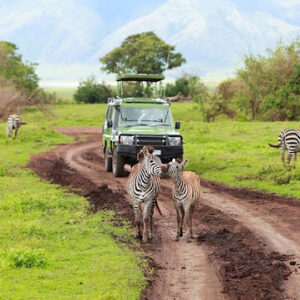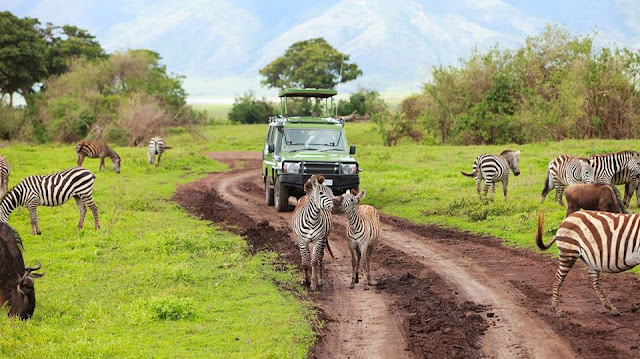Unlocking the Mystique: Exploring "The Snows of Kilimanjaro" by Ernest Hemingway.
In the vast landscape of literary classics, few works evoke the same sense of wonder and intrigue as Ernest Hemingway’s “The Snows of Kilimanjaro.” This timeless masterpiece, first published in 1936, continues to giving a readers with its rich narrative and profound themes. In this article, we embark on a journey to unravel the layers of symbolism, delve into the characters’ complexities. And explore the profound insights that Hemingway offers through his poignant prose.
Unveiling the Setting: Kilimanjaro’s Enigmatic Snows
At the heart of Hemingway’s narrative lies the Mount Kilimanjaro. Its snow-capped peaks casting a spell of both beauty and foreboding. Kilimanjaro serves not merely as a backdrop but as a central motif, backdrop for the fleeting nature of life and the relentless march of time. Hemingway’s vivid descriptions transport readers to the African wilderness. Where the juxtaposition of icy snow and scorching sun mirrors the contrasting elements of human existence – mortality and vitality, despair and hope.
Characters: Portraits of Existential Against
Against the backdrop of Kilimanjaro’s snows, Hemingway paints a gallery of characters grappling with existential dilemmas. The protagonist, Harry, embodies the disillusionment of a writer confronting his mortality amidst the unforgiving wilderness. Through Harry’s introspective musings and fragmented memories, Hemingway invites readers to confront their own mortality and the haunting specter of failing dreams.
Themes: Love, Loss, and the Search for Meaning
“The Snows of Kilimanjaro” resonates with universal themes that transcend time and place. Love and loss, regret and redemption – these themes weave through the narrative, giving readers to ponder life’s profound mysteries. Hemingway’s exploration of human relationships, from the complexities of marital love to the fleeting passion of a past affair. Speaks to the universal human experience of longing and regret.
Symbolism: Decoding Hemingway’s Literary Imagery
Central to Hemingway’s narrative technique is the use of symbolism to convey deeper truths. The snows of Kilimanjaro, with their dual significance of purity and peril. Serve as a potent metaphor for the fragility of human existence. Likewise, the leopard stalking through Harry’s fevered dreams embodies the inevitability of death. A relentless predator lurking on the fringes of consciousness.
Hemingway’s Legacy: Influence and Impact
Nearly a century since its publication, “The Snows of Kilimanjaro” continues to exert a profound influence on literature and popular culture. Hemingway’s sparse yet evocative prose style has inspired generations of writers. While his exploration of existential themes resonates with readers across cultures and generations. From its adaptation into film and stage to its persist presence in academic discourse. Hemingway’s masterpiece remains a testament to the persist power of storytelling.
Conclusion: The Snows of Kilimanjaro
In conclusion, “The Snows of Kilimanjaro” stands as a timeless testament to the human condition. Offering readers a poignant reflection on life, love, and the inexorable passage of time. Through Hemingway’s masterful storytelling and evocative imagery, we are transported to the snow-capped slopes of Kilimanjaro. Where the boundaries between reality and memory blur, and the eternal struggle for meaning unfolds.








